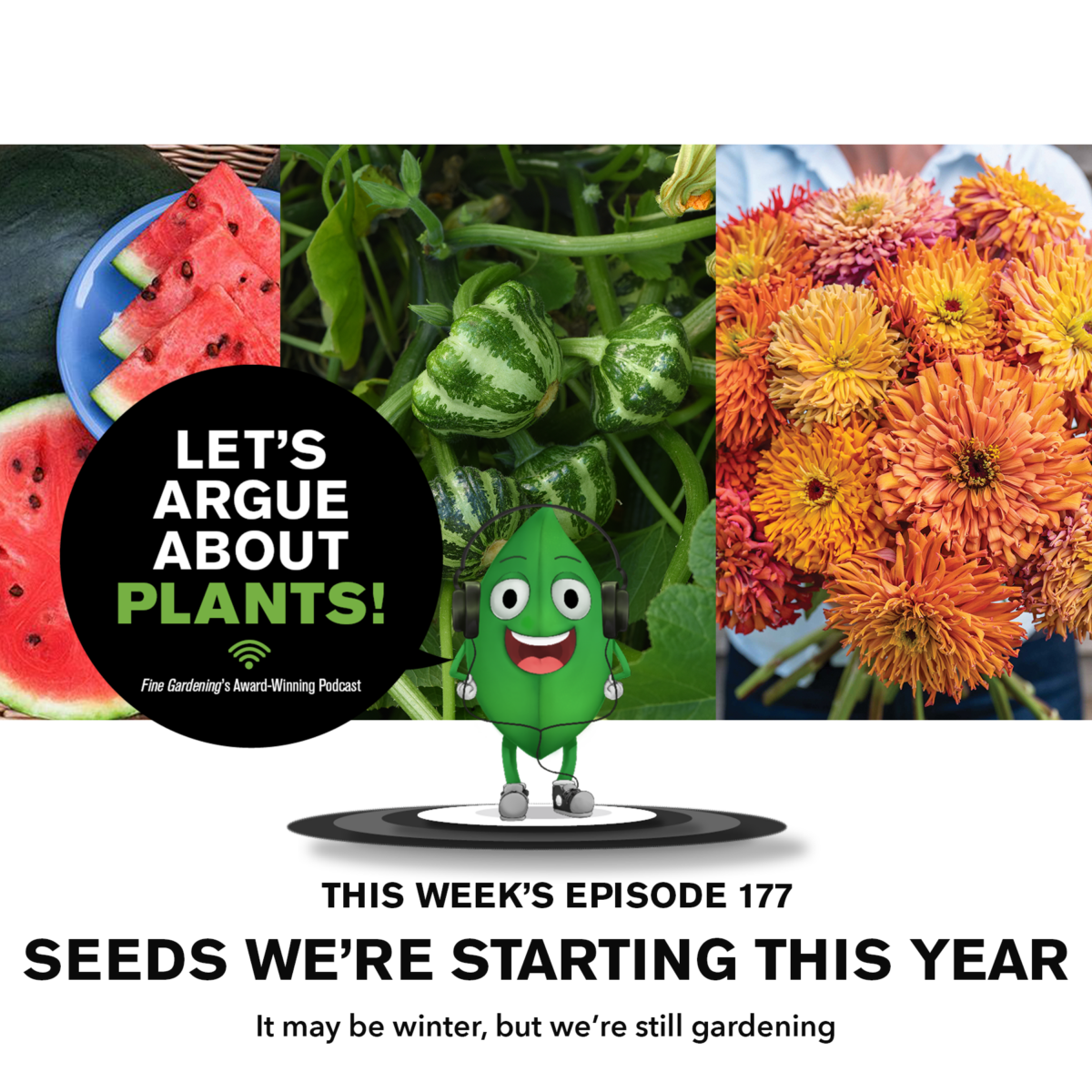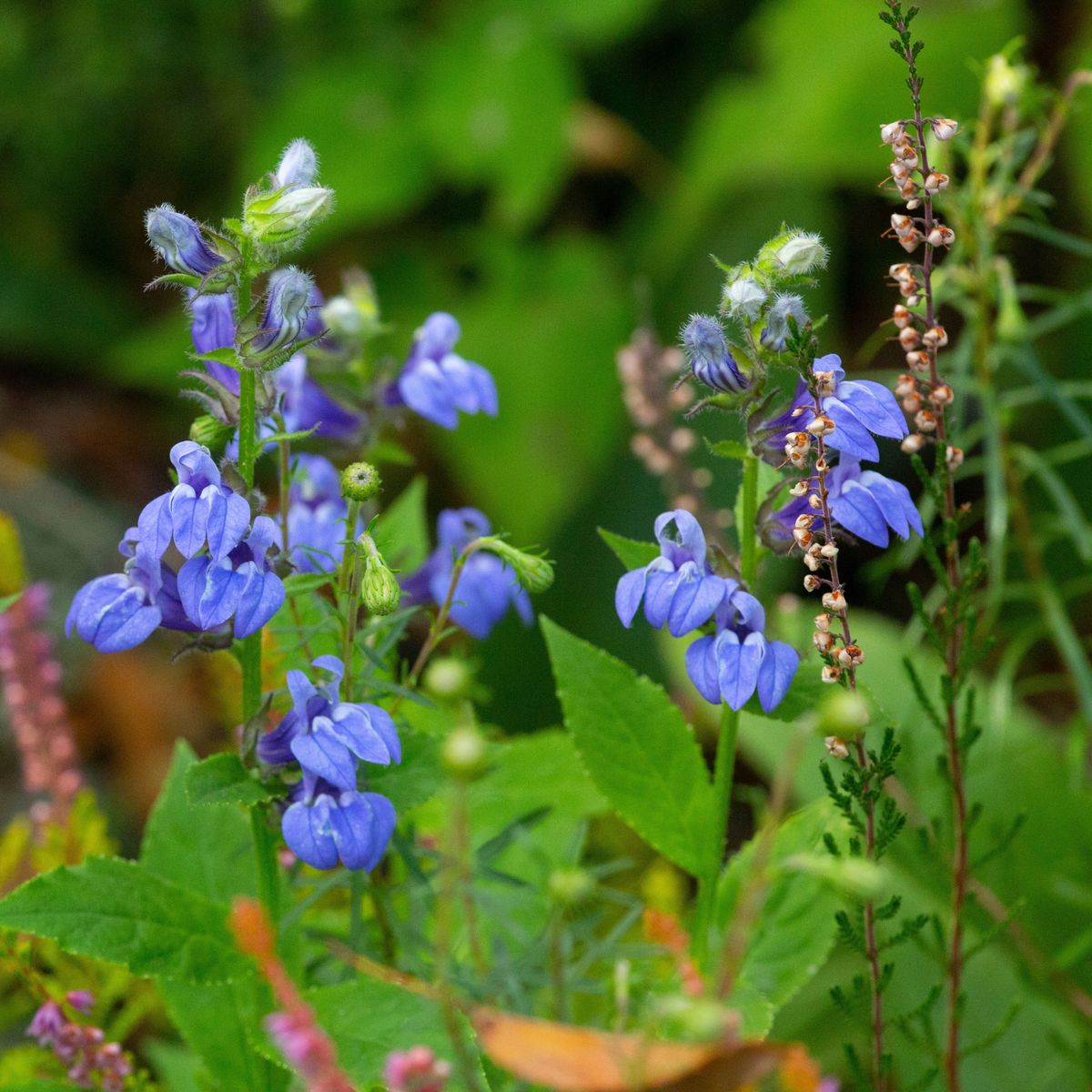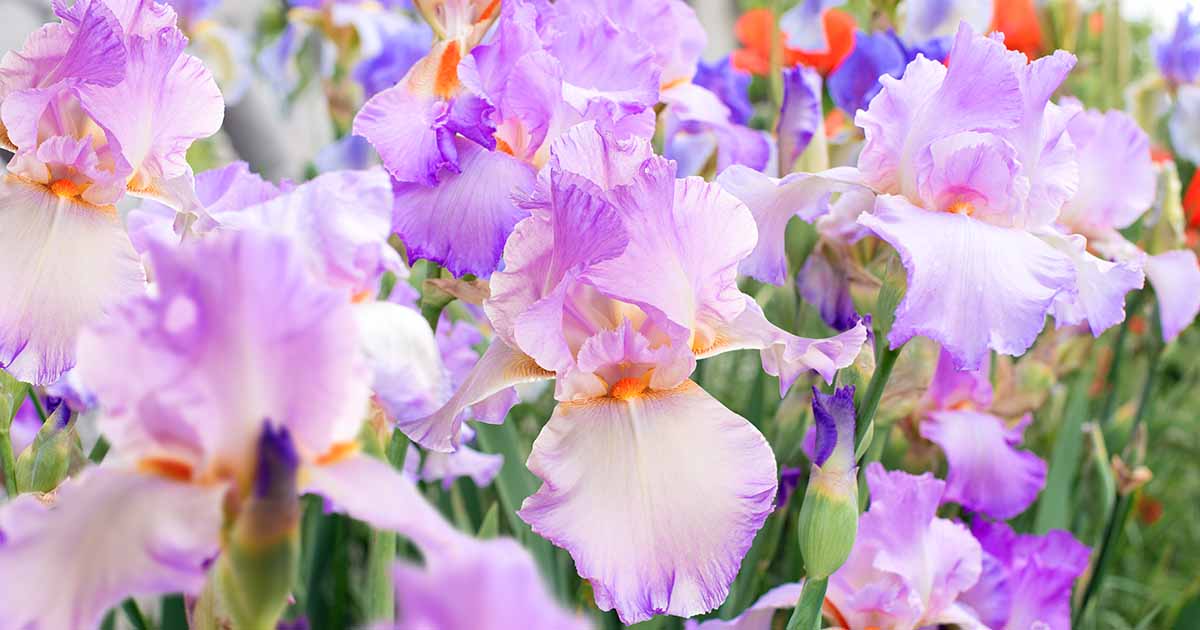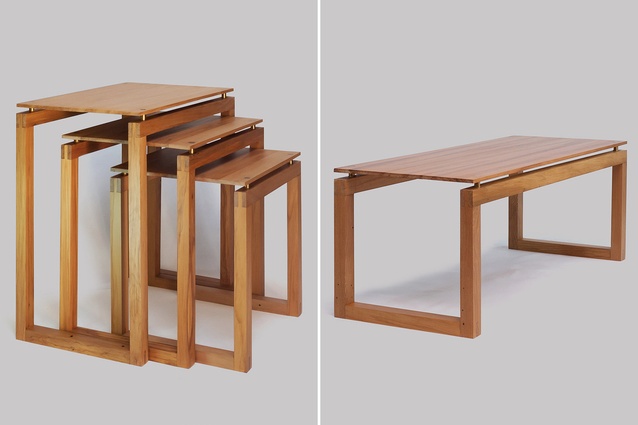These young delphinium
plants are suitable for planting out directly into
their flowering positions but will need care and attention
until they are established.
Alternatively, they may
be potted into 6″pots and grown on until the
root system fills the pot – they may then be planted
out.
The growing tip has been
“stopped” growth will darken and die back
and soon young shoots will appear. This encouragement
of the root to increase and strengthen is essential
to the long-term health and vigor of your plant.
PLANTING
The distance allowed between
the plants depends on the purpose for which they are
grown. For general planting in the herbaceous border,
2-21/2ft. will be better. As with most herbaceous
border plants, planting in groups in more effective
– groups of the same variety, in three¹s or five¹s,
according to the width of the border, with the dwarf
varieties to the front and the taller varieties behind.
Borders with a predominance of delphiniums and phlox
are especially attractive and provide a succession
of color from mid-June until the end of August. The
actual planting must be done carefully as a lot will
depend on the initial encouragement the plants receive
to make fresh root. When the plants arrive they are
ready to be planted out immediately. A hole should
be dug to sufficient depth to allow 2-3 inches of
soil to be replaced over the uppermost roots. The
plant should be placed in the hole and soil put over
the roots. This soil should then be firmed lightly
with the fingers and more soil added to the level
of the surrounding soil, firming then being completed
by pressing moderately with the feet. On no account
must they be left loosely planted, whilst on the other
hand, excessive pressure must be avoided if the soil
is very wet. As growth advances light weeding around
the plant will be necessary, and if at any time the
plants appear dry a thorough soaking will be advantageous
and amply repaid in terms of flower.
Delphiniums take at least
one full season to get properly established after
moving, and in order to ensure that they settle in
with the minimum delay and build into strong clumps,
they are as well to be restricted to carry only one
or two spikes in their first season. the plant and
remaining spikes. Care should be taken to avoid overcrowding
in the herbaceous border as delphiniums need space
to achieve their maximum potential.
SOILS
Once delphiniums are established
they are not fussy about the soil in which they are
grown. They can be grown with equal success in sandy
soil or heavy loam, their only requirement being that
the soil is well prepared. Therefore it should be
well dug and a liberal quantity of humus added – well
rotted manure of any kind or a well-decayed compost,
and a liberal dressing of bone meal. All this should
be done well before planting to enable the soil to
consolidate as plants, particularly delphiniums, will
not establish themselves in loose. soil.
WINTER DRAINAGE
It is important that delphiniums
do not stand in the waterlogged ground during their dormant
months. The ground which remains very wet during the Winter
months will cause rotting of the dormant crown. The
digging of small drainage channels to allow the water
to escape is recommended.
ANNUAL CARE
Periodically a dressing
of good complete fertilizer is recommended. Sprinkle
it fairly liberally and place it into the top inch
or so of the soil leaving the next heavy shower of
rain to do the rest. On very light soils and an additional
mulching with any well-decayed humus may be applied
to retain the moisture that is essential to delphiniums.
This is recommended just before flowering and is more
than necessary in the very early Spring when the pattern
of the whole year is being set.
STAKING
Supporting the delphiniums
is an important operation – three 4ft. canes placed
in a triangle around the plant, ties added around
these and necessary as the plant grows. This system
allows the plant spikes to move within the confines
of the ties, is relatively inconspicuous and is defeated
only by really strong winds.
MILDEW
The presence of mildew,
which sometimes occurs at the end of the season on
the foliage, should not be taken too seriously. It
does not harm the plant but looks unsightly. After
dormancy, the delphinium will emerge clean and strong.
Normally it only shows itself during a spell of mild
weather especially if the plants are dry at the root,
and the degree of attack varies according to variety.
Should mildew occur a light spray of BENLATE on the
leaves should climinate it but if persistent a further
spray of NIMRODT is advisable. This is best dealt
with swiftly, o the first sight of any mildew.
TREATMENT AFTER FLOWERING
When flowering has finished,
the spikes should be removed to the top of the foliage
and no further. Remember that seed-bearing weakens
all plants and if seed is required, a few pods only
should be left on the plant the rest to be removed
long before they mature. As summer passes into autumn
son the foliage will begin to yellow, the supporting
stakes would then be removed and the flower spikes
cut down to within a foot of the ground. From now
on the plants will be developing their dormant shoots
for the next years growth.
SLUGS AND SNAILS
It is essential to guard
against slugs and snails. More plants are lost during
the winter through lack of protection against slugs
and snails than through any other cause. It is important
to realize that no delphinium has ever bee lost through
heavy frosts alone, indeed the ancestors of our present
garden forms lived largely in mountainous districts
where intensely heavy frosts were the rule. Their
garden descendants are no less hardy in this respect
and it is almost invariably through peat or disease
that winter losses occur among established plants.
Virtually all the damage done by slugs is caused by
the small black species that spends most of its time
just beneath the soil surface, consequently, once
the shoots show above the ground in the spring the
danger is past. It is, in fact, while shoots are in
their dormant state, below the ground, that they are
eaten, and it is, therefore, essential to protect them
from the moment the plants are cut down in the autumn
until the shoots reappear again in the spring. Liquid
and pellets fro the control so slugs and snails is
available in all garden centers and garden shops.
Blackmore & Langdon LTD.
Stanton Nurseries
Pensford, Bristor BS18 4JL
UK











